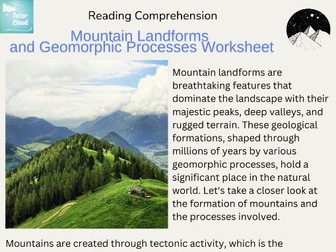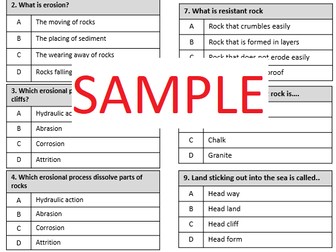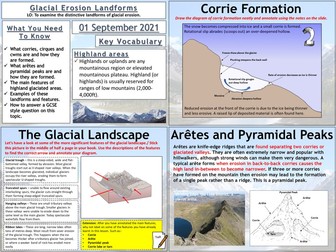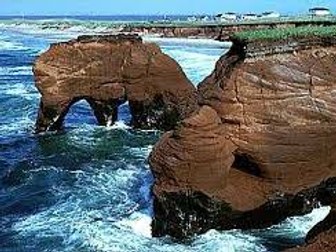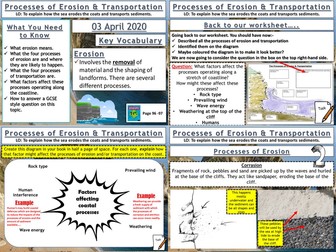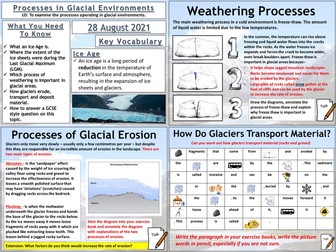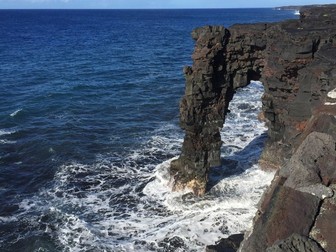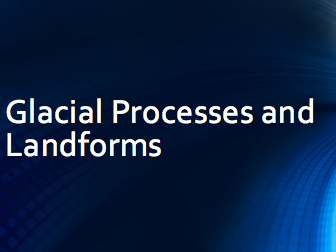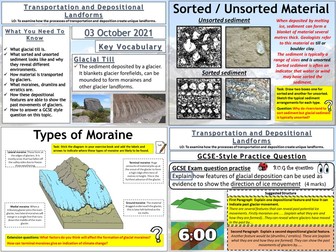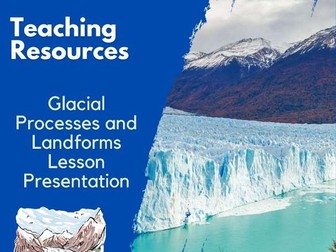Mountain Landforms and Geomorphic Processes Worksheet
<p>PDF Download (Not Editable)</p>
<p>Enhance your geography lessons with our ‘Mountain Landforms and Geomorphic Processes Worksheet’. This comprehensive resource is meticulously designed to develop a range of critical thinking and analytical skills among your students.</p>
<p>Featuring a wide variety of engaging exercises, this worksheet aims to improve word meaning, inference, summarising, analysis and evaluation, content evaluation, structure comprehension, retrieval skills, prediction, explanation, exploration, as well as comparison and synthesis abilities.</p>
<p>The content is structured to challenge students at various cognitive levels, catering to different learning styles and abilities within the classroom. By integrating this resource into your lessons, you can provide your students with a stimulating learning experience that encourages active participation and deepens their understanding of mountain landforms and geomorphic processes.</p>
<p>The PDF format ensures easy accessibility and convenience for both teachers and students. It allows for hassle-free distribution and can be utilised across multiple devices without compromising the layout or quality of the content.</p>
<p>Download our ‘Mountain Landforms and Geomorphic Processes Worksheet’ today and elevate your geography teaching to new heights. Equip your students with the skills they need to excel academically while fostering a love for learning about the dynamic world of geography.</p>
<p>Invest in quality education resources that inspire and challenge students. Download our worksheet now and witness the profound impact it can have on your classroom dynamics and student engagement.</p>
<p>Experience the difference with our teaching resources. Download the worksheet now!</p>
